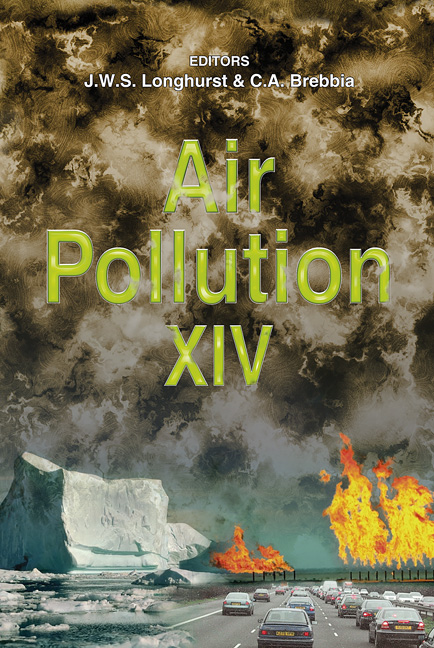Indoor Air Concentrations Of Particulate Matter (PM10 And PM2.5) In German Schools
Price
Free (open access)
Transaction
Volume
86
Pages
7
Published
2006
Size
462 kb
Paper DOI
10.2495/AIR060391
Copyright
WIT Press
Author(s)
H. Fromme, S. Dietrich, D. Twardella, D. Heitmann, R. Schierl, M. Kiranoglu & B. Liebl
Abstract
Epidemiological research has shown increases in adverse respiratory and cardiovascular outcomes related to particulate matter (PM), especially to the fine and ultrafine fraction. Numerous air quality measurements have been carried out in ambient air and in apartments; data on the occurrence of PM in classrooms, however, are still sparse. The aim of our study was to investigate the exposure of children to indoor air pollutants in German schools. Data on air quality were collected in 92 classrooms in winter (2004 / 2005) and 75 classrooms in spring / summer (2005) in 64 schools. To assess the indoor air quality, carbon dioxide (CO2), particulate matter and volatile organic compounds were monitored on a school day in each classroom. This paper focuses on the results of particle mass measurements in schools. Realtime measurements of particle mass (PM1, PM2.5, PM4, PM10) were done using an optical laser aerosol spectrometer (LAS). Additionally, for each classroom descriptive data on size, number of subjects in the classroom (including the teacher) and occupancy periods were collected by a standardized form. The median PM10 and PM2.5 in a classroom ranged from 16.3 to 313 µg/m³ and 2.7 to 81 µg/m3, respectively, during the winter period, whereas the PM fraction concentration in summer varied from 18.3 to 178 µg/m³ (PM10) and 4.6 to 34.8 µg/m3 (PM2.5), respectively. PM concentrations in summer were significantly lower than in winter. In 74% (PM10) and 78% (PM2.5) of the classrooms measured at both occasions, respectively, summer measurements were decreased, and the median PM was on average reduced by 36% (PM10) and 35% (PM2.5), respectively. Our results clearly show that exposure to particulate matter in school is high, and that indoor air quality is particularly poor in winter. It is, therefore, necessary to improve the ventilation of classrooms in order to provide a healthier indoor environment. For a reliable risk assessment it is also essential to characterize the chemical and, particularly, toxicological properties of both indoor and outdoor PM samples. Keywords: schools, indoor, particulate matter, PM.
Keywords
schools, indoor, particulate matter, PM.





